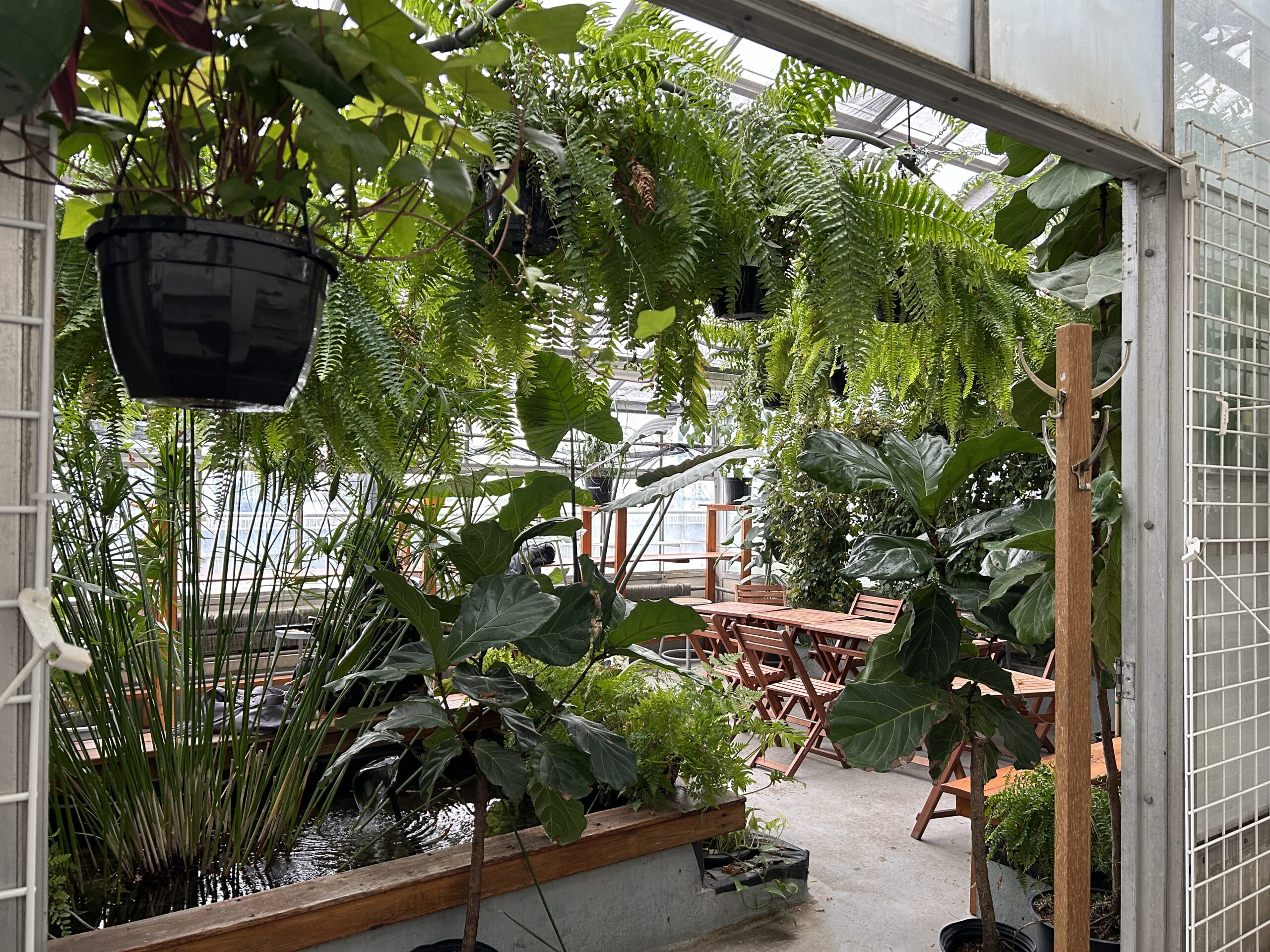The greenhouse organized a photography event for students to capture the final moments of the space.
The Concordia Greenhouse announced on Jan. 9 that the beloved space will be closed temporarily from February 2024 until early next year. The decision to temporarily close the space was made to allow the removal of “decommissioned equipment and asbestos from mechanical rooms in the Henry F. Hall (H) building,” according to their website.
While the downtown location is being renovated, alternative places for the greenhouse will be installed temporarily in the Terrebonne (TA/TB) building and the People’s Potato community garden at Loyola. The team is also hoping for temporary offices to be installed in the downtown campus, although no location has been secured yet.
The university approached the greenhouse team at the end of November to announce that the greenhouse would need to temporarily close, giving them only three months to clear the space before renovations begin.
To celebrate and honour the space before it closes, the greenhouse held a “Capture the Moment: Concordia Greenhouse Farewell Photography” event where students were invited to show off their photography and video skills and document the space’s beauty.
Dominique Smith, the greenhouse engagement coordinator who has worked with the space for a year, decided to hold this event to showcase the diversity of the space’s use and keep its memory alive while it’s being renovated.
“[The event] shows how versatile the space is,” said Smith. “You want to promote this to the university so they can treat it more as an academic space rather than just the extra space,” said Smith.
After the administration met with the greenhouse, Smith gave them a tour of the greenhouse in an attempt to present the importance of the space. While he does not fault the university for closing down the greenhouse, it was important for him that the university understand both its significance and the proper measures needed to protect it.
“I felt like it was very important to have them up here to experience what students experience, so they know what they’re temporarily closing down or how to properly find us a new home,” said Smith.
Yoditte Woder, a first-year art education student, heard about the greenhouse closure from a friend in the geography department. They said that they felt a strong connection to the greenhouse immediately, even if they had only discovered it recently.
“‘I come [to the greenhouse], especially during the winter, to lift my spirits, get connected with nature in any way that I can. I just find this place to be really comforting and the place where I can focus and get my work done,” said Woder. “So, knowing that it’s not going to be here for the next year is kind of upsetting.”
As sad as Woder felt when they heard the space was closing for a while, they knew it was going to be for the best since the greenhouse is set to return in better shape than before.
The space is known to be more than just a place to grow and care for plants, it’s a wellness space where students can reconnect with themselves, study in peace, and relieve their stress.
“I think that there is that option to socialize and interact with others around you, but it also feels like you’re very much immersed in your own [world],” said Woder. “I also just love the sounds of the water running and just feeling the life around the space.”
The greenhouse plans to do a liquidation sale on their plants to give as many as they can to good homes before relocating the rest to their new temporary locations. The team is currently in contact with specialized moving services to help relocate their larger plants. No official date has been set yet.
